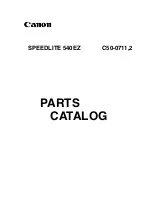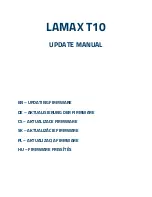
V1.02
Thom Hogan’s Complete Guide to the Nikon D300
Page 766
Questions and Answers
Q:
Are there different models of D300 in different parts of the
world?
A: No. A D300 sold in the United States is the same as the
camera sold in Japan and Europe. The serial numbering
method does seem to vary between regions, however (which
is one way that Nikon can tell whether you’ve got an official
import or gray market camera, by the way). Servicing and
warranty policies tend to vary between countries and regions.
Note that some gray market importers “strip” items out of the
box Nikon provides in order to offer a “lower price.” It’s
always a bad sign if the retailer asks you if you want a battery,
body cap, charger, eyepiece, or any other normally supplied
accessory. NikonUSA
will not
repair a gray market camera,
and such “add-on scams” are your first sign that you’re getting
one.
Q:
How can I tell if I’m getting an officially imported D300?
A: There’s no simple way, unfortunately. In the US, the serial
number (at least until they run out of numbers), should be in
the form 30#####. That’s not a perfect method of determining
origin, though.
Q:
Can I have older manual focus lenses modified to work
better with a D300?
A: With a few minor caveats, yes. First, if the lens is pre-AI,
you should have the lens converted to AI (see
http://www.aiconversions.com
). Once the lens is AI-
compatible, you can mount and use it on the D300. To get
full use of the lens without entering data into the SHOOTING
menu, you must add what Nikon calls a “CPU chip” to the
lens. I used to point out a service that installed CPUs into
lenses, but I’ve received just enough complaints about that
vendor that I no longer can recommend them. If you know
what you’re doing, it’s relatively easy to order a CPU from
Nikon and install it in the mount yourself. But since the D300
allows you to set information about the lens into the camera, I
wouldn’t even bother with fixed focal length lenses.




































